Duration: 4 Nights
Highlights: Experience the magic of Bhutan in just 5 days, a short and sweet journey into the heart of happiness. This compact adventure is perfect for those seeking a taste of Bhutan's beauty and culture in a limited timeframe.
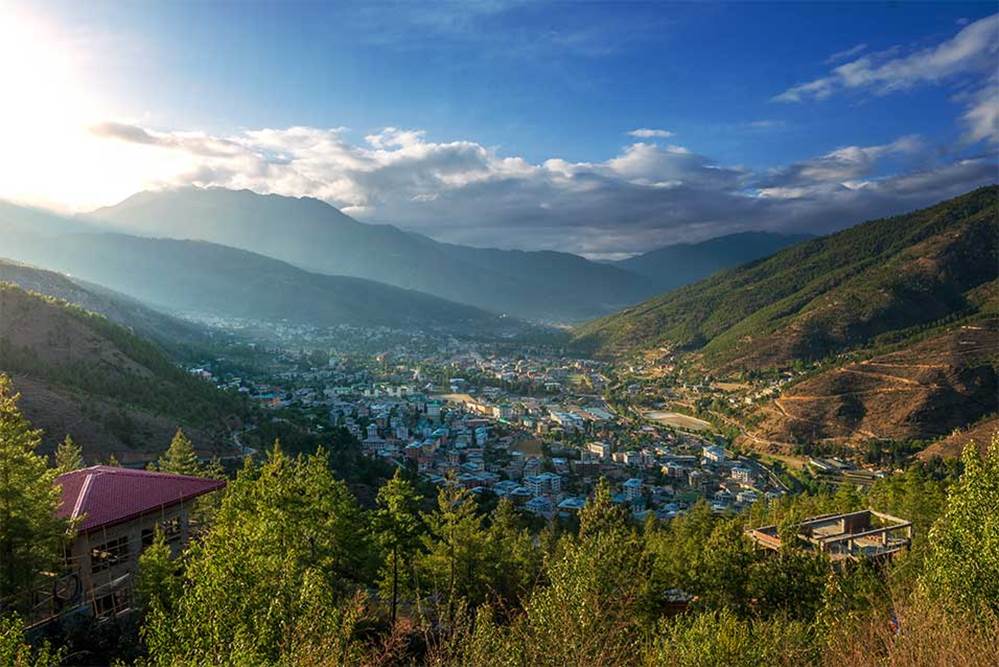
Immerse yourself in the spiritual rhythm of Thimphu with a visit to the National Memorial Chorten, where locals—especially the elderly—gather daily to walk in prayerful circles, spinning prayer wheels and murmuring mantras in a peaceful flow of devotion. Built in 1974 to honour the beloved Third King, this white-washed stupa is a living sanctuary. Step inside and you’ll find vibrant murals, intricate mandalas, and detailed sculptures that beautifully illustrate Buddhist teachings. If you're seeking serenity or a glimpse into Bhutanese spiritual life, this is a place that quietly leaves a lasting impression.
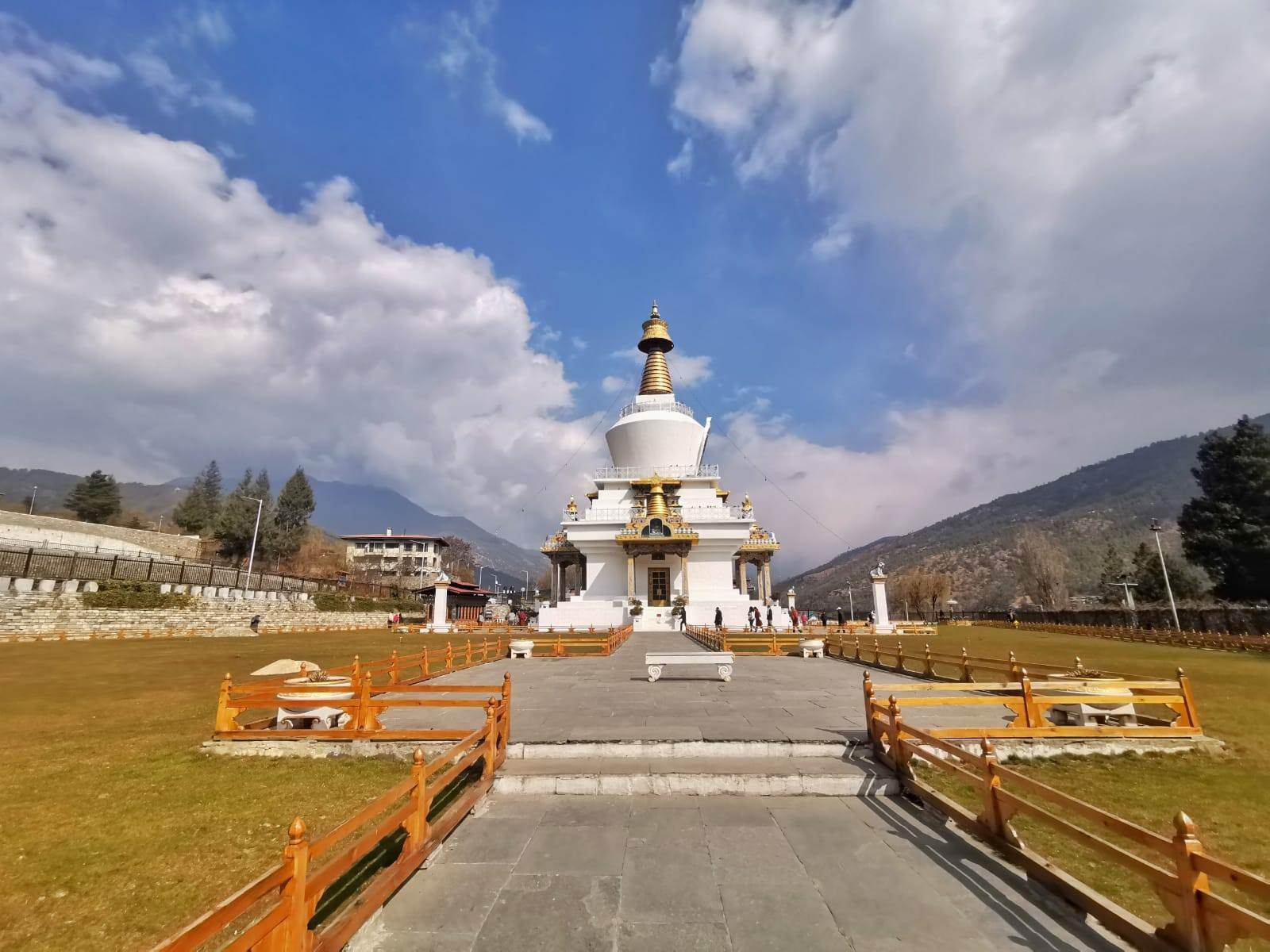
Towering above Thimphu Valley from the tranquil Kuenselphodrang Nature Park, the majestic Buddha Dordenma is a sight to behold. Standing at a staggering 51.5 metres, this golden statue is one of the largest seated Buddhas in the world—and it’s not just its size that impresses. Nestled inside are over 100,000 smaller Buddha statues, each crafted with the same devotion and detail. More than a monument, the Buddha Dordenma is a symbol of indestructibility and spiritual awakening, believed to bless the land with peace and harmony.
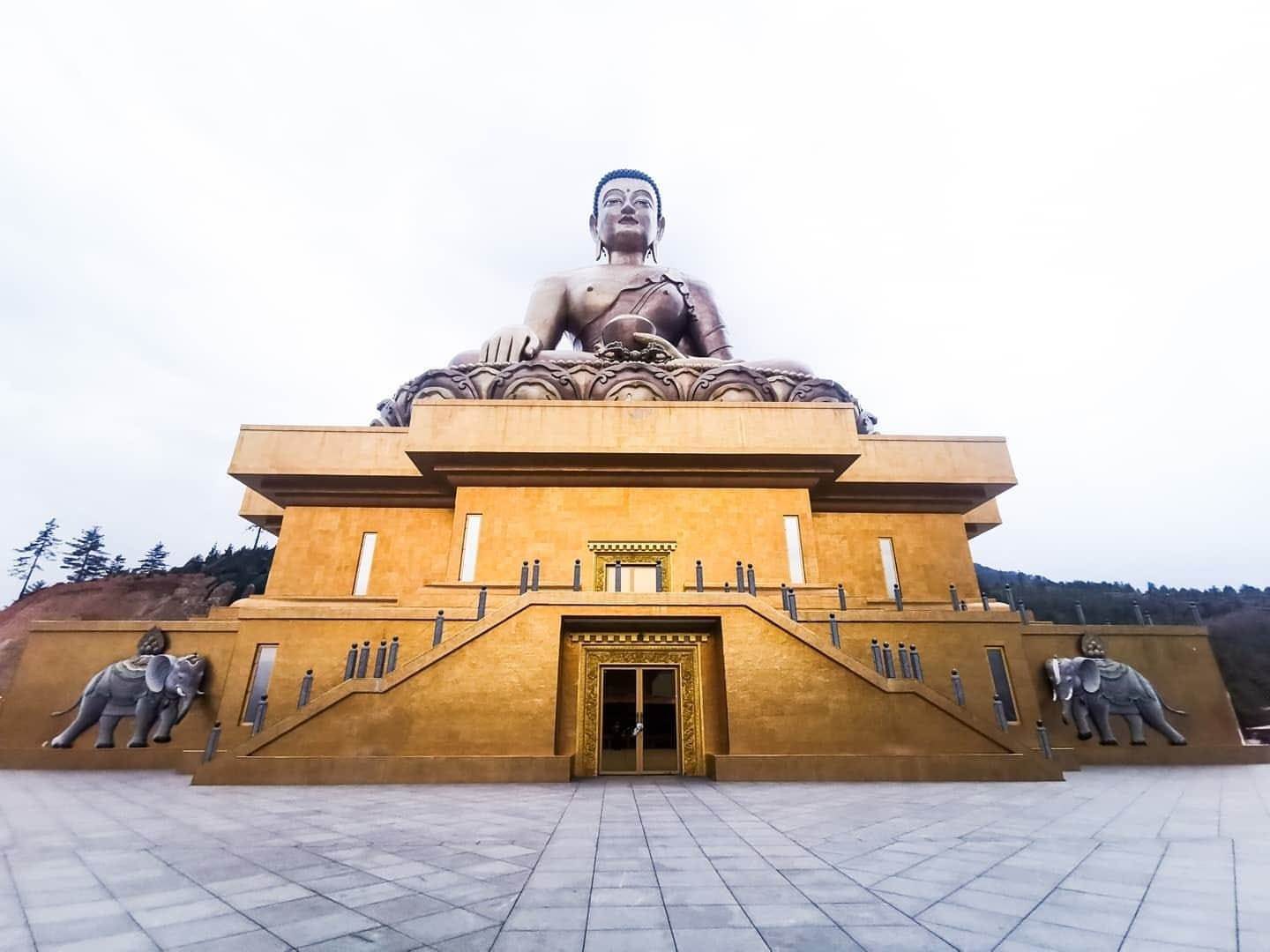
Strolling around Thimphu town offers a delightful blend of tradition and modern life in Bhutan’s capital. Start at Clock Tower Square, the lively heart of the city—adorned with carved wooden façades, prayer wheels, and water fountains—and a charming spot to linger while locals chat or browse the weekend market. From here, wander down Norzin Lam, Thimphu’s main street, where boutique shops, handicraft stores, and cafés invite you in. Along the way, admire traditional architecture—ornate wood carvings, colourful murals, and fluttering prayer flags—woven seamlessly into everyday life.
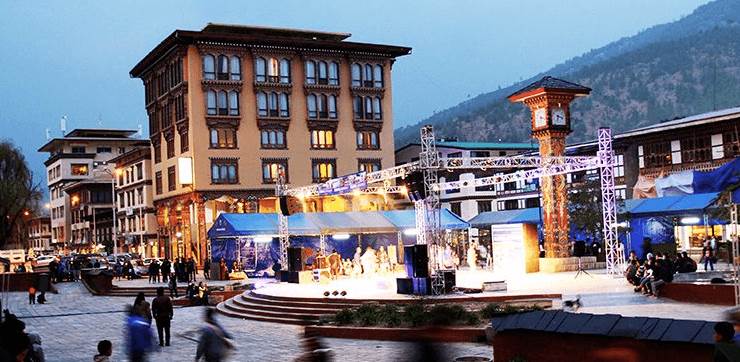
Dochula Pass (3,100 m/10,200 ft), nestled between Thimphu and Punakha, is one of Bhutan’s most visually and spiritually striking destinations. You’ll be welcomed by an enchanting panorama: 108 white Druk Wangyal chortens—built by the Queen Mother in memory of Bhutanese soldiers lost in a 2003 conflict—stand sentinel on a hillock, their tiers rising like waves of goodwill and prayer. Beyond them, the eastern Himalayas unfold in breathtaking clarity on clear days, with Mt Gangkar Puensum—the world’s highest unclimbed peak—making a distant, majestic cameo.
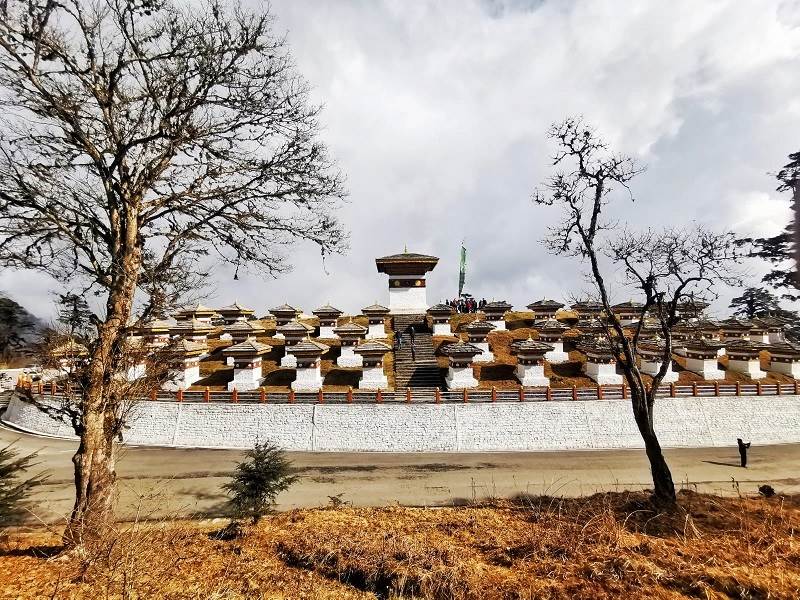
Also known as the Fertility Temple, this monastery is located in the beautiful village of Sopsokha. It stands on a small hill close to the village of Lobesa and was constructed in 1499 by Ngawang Choegyel, the 14th Drukpaheirarch. This monastery is dedicated to Lama Drukpa Kunley, the 'Divine Madman', known for his risqué behavior. The footpath to Chimi Lhakhang meanders through beautiful terraces of paddy fields. The walk across the fields takes about 30 minutes. Many have been blessed with children after praying at the temple. Visiting Window 9:00 A.M to 12:00 NOON 2:00 P.M to 4:00 P.M
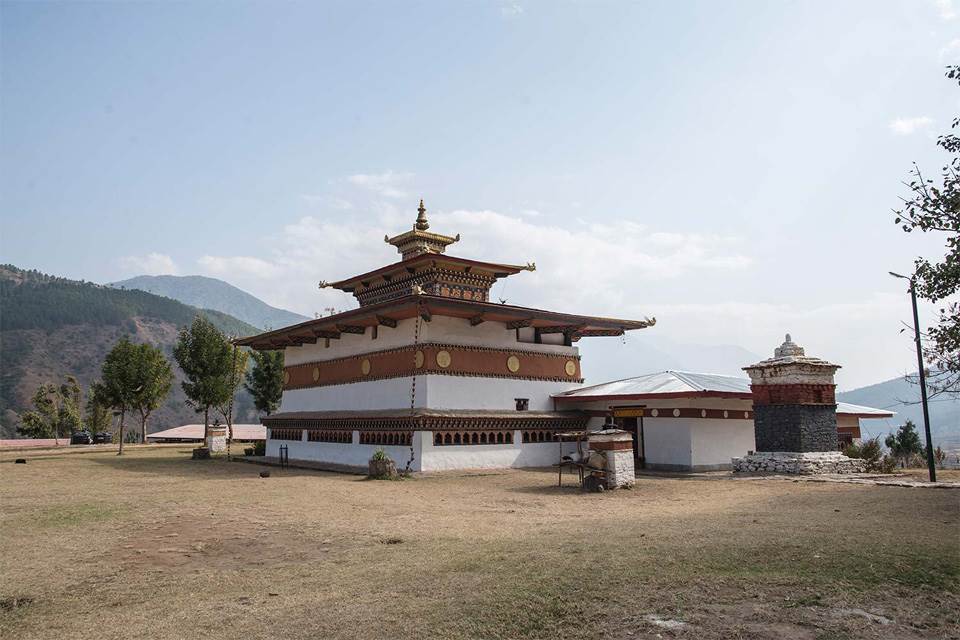
Located strategically at the junction of the Pho Chu and Mo Chu rivers, the Dzong was built in 1637 by the Great Unifer of Bhutan as the religious and administrative seat of the region. It was here that the dual system of government in Bhutan was introduced in the 17th century. The first King Gongsar Ugyen Wangchuck was crowned here in 1907. Damaged by four fires and an earthquake over the centuries, the Dzong was fully restored in recent years by the 4th King Jigme Singye Wangchuck. It is now the winter home of Je Khenpo, the head abbot of Bhutan, along with a retinue of 1,000 monks. Marvel over intricate woodwork by the best craftsmen in Bhutan. Visiting Window: Summer Timing: 9:00 am - 5:00 pm Winter Timing: 9:00 am - 4:00 pm
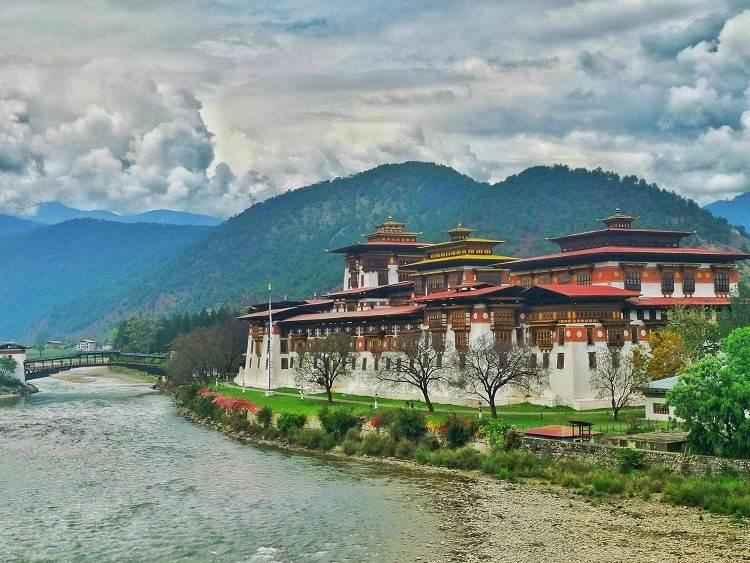
At 160 metres, this is known as the longest suspension bridge in Bhutan. From here, you will get spectacular views of Punakha Dzong and the Pho Chhu Valley.
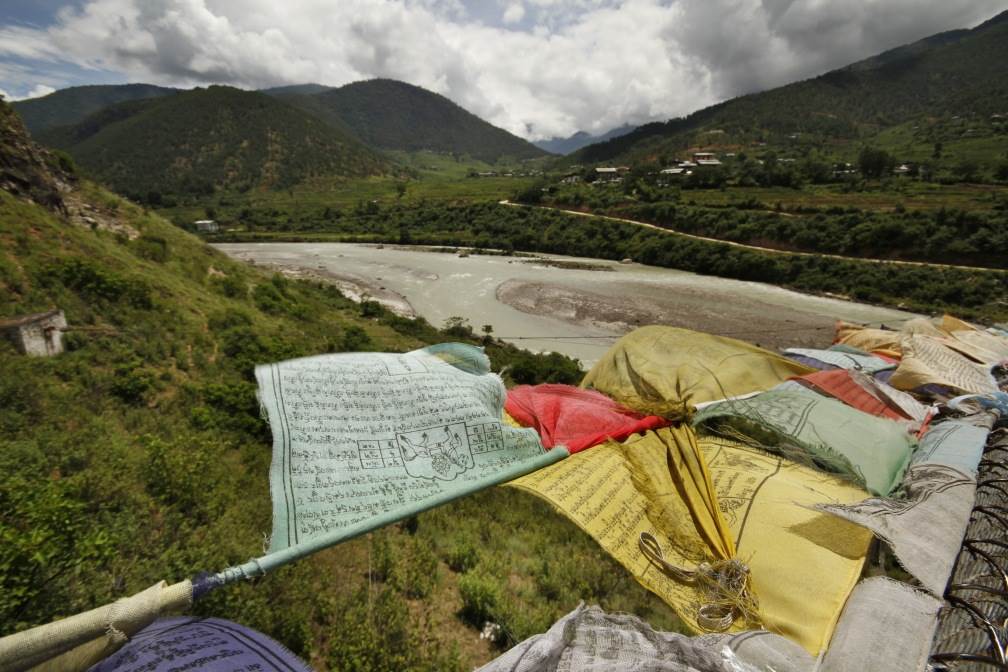
At 1,300 years old, this is one of the oldest temples in Bhutan. Like the Jambhay Lhakhang in Bumthang, it is one of 108 temples built by the Tibetan King Songtsen Gampo to subdue and vanquish an ogress that was obstructing the spread of Buddhism. Legend has it that all 108 temples were built in a single night. The Kyichhu temple’s name means “reservoir of peace”. Next to the temple is a museum dedicated to the late Dilgo Khyentse Rinpoche. You will see photographs and other personal artefacts belonging to the Rinpoche.

Explore the main street of Paro town and check out if there's anything you will like to pick up as a souvenir!
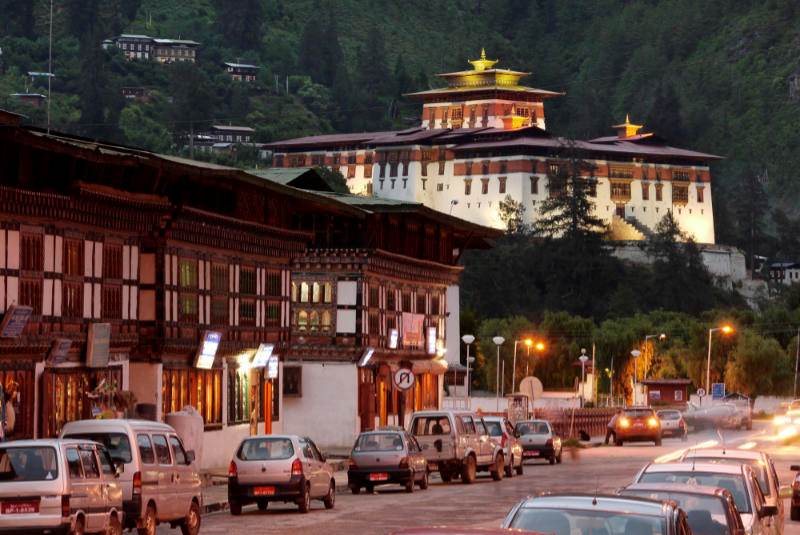
You can try your hands on Archery and Khuru at Traveller's farmhouse. Our guide will be there to teach you how to shoot and hold the arrow. We also have another traditional game called Khuru (which is like a huge dart), whereby you throw it at the target.
Initiated upon Royal Command, and as a gift from His Majesty The King to the people of Paro, the Ka Ja Throm has been built so that vendors can showcase and sell their produce in a vibrant community space. The Farmer’s Market has 147 stalls for vegetables, fruits, meat, and other local farm produce, and food and drinks. A children’s park and an open-air live-band stage are also part of the Paro Ka Ja Throm. The market is envisioned to be a lively public space place for families and visitors to enjoy while also showcasing the best of Paro’s local produce. The management will organize regular live performances at the venue, alongside food and drinks stalls managed by de-suups from the DSP Culinary training.

After the trekking we special arrange Bhutanese traditional hot stone bath for you to relax your muscles.The process of a traditional Bhutanese hot stone bath is unique. It uses Menchu (medicinal water) which is nothing but fresh river water mixed with Artemisia leaves. The water is heated using river stones that are roasted on fire till they are glowing red. The temperature of the water can be increased by adding more heated stones into a wooden chamber via a chute. This chamber is connected to the main tub (also made of wood) which contains the water. The holes in the chamber allow the heat to be infused into the bath (so there is no danger of being burned by the hot stones) and the stones are said to release key minerals into the water which are believed to have medicinal benefits. One can soak in the water for about half and hour after a tiring day. **additional charges USD 25 per person
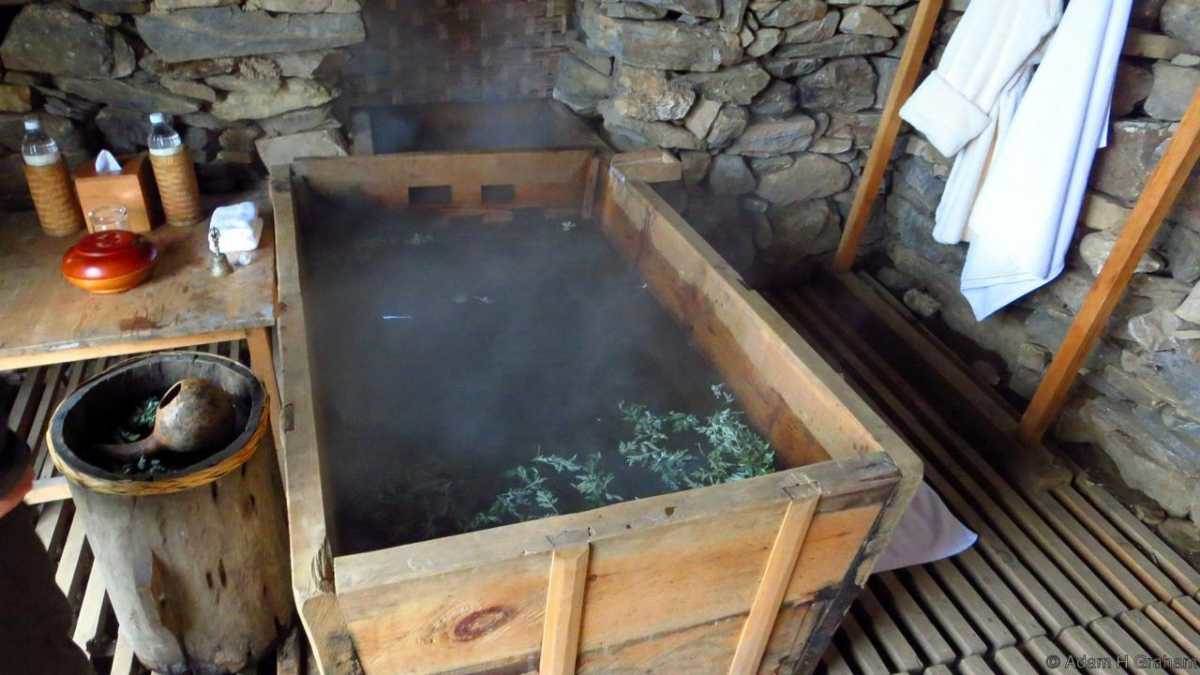
Also known as the Tiger’s Nest, this monastery set dramatically on the cliffs of Paro Valley, is Bhutan’s most famous landmark. In fact, some tourists would even say that “A trip to Bhutan is not complete without climbing to Taktsang.” According to local folklore, the Guru Rinpoche flew to this location from Tibet on the back of a tigress (his consort Yeshey Tshogyal) and meditated in one of the caves, before emerging in eight manifestations. A hike up to Taktsang draws people with different interests. It fills those who are spiritually inclined with a sense of peace, while avid hikers feel a sense of achievement upon reaching the monastery. Take time to process the mental and physical sensations that wash over you during the uphill climb as you ascend more than two thousand feet from the valley floor to reach the monastery.
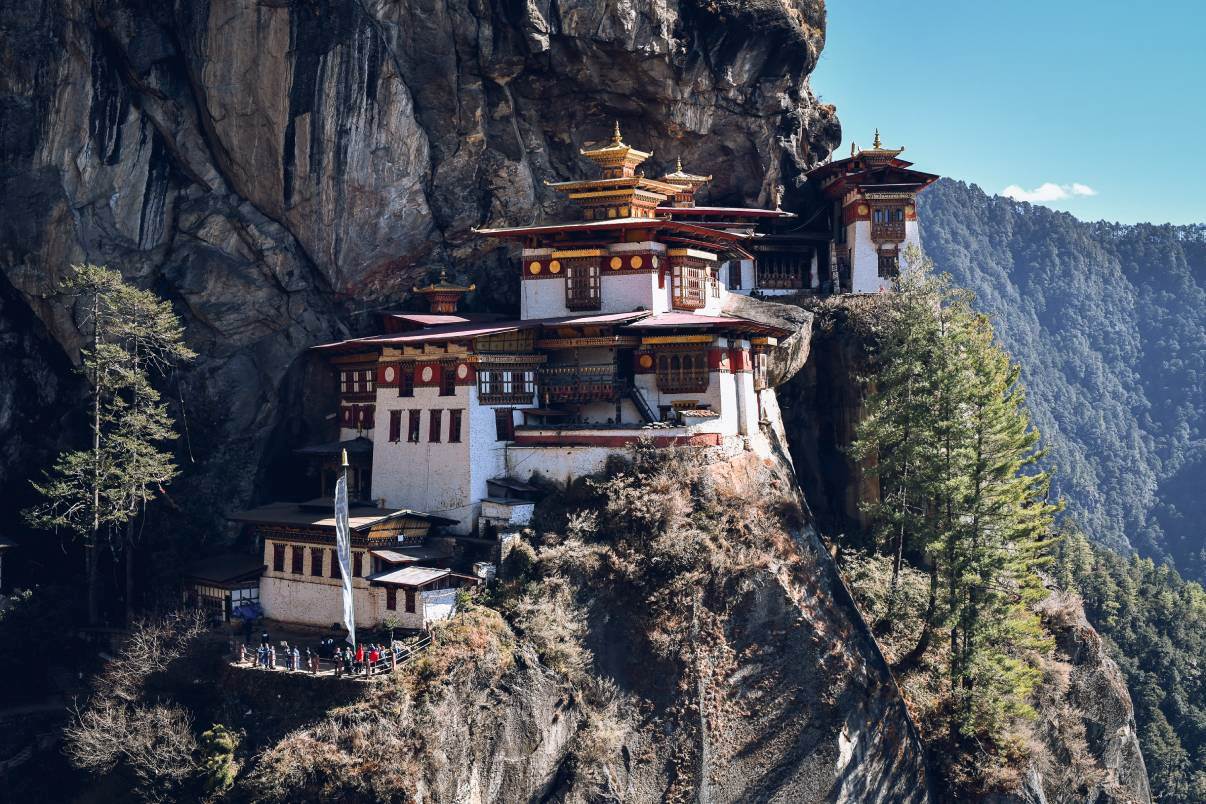
Travel Tips
Druk Asia
Bhutan Office
Singapore Sales Office
Kuala Lumpur Office
Copyright © 2024 Druk Asia - All Right Reserved
Travel Tips
Druk Asia
Bhutan Office
Singapore Sales Office
Kuala Lumpur Office
Copyright © 2024 Druk Asia - All Right Reserved
